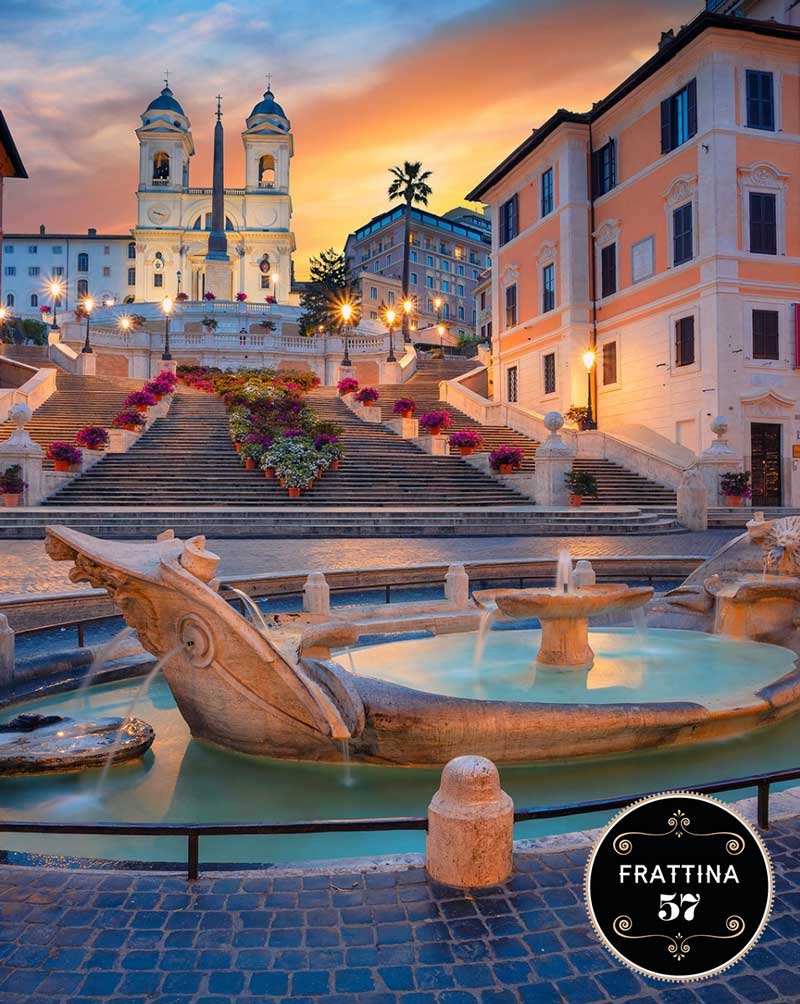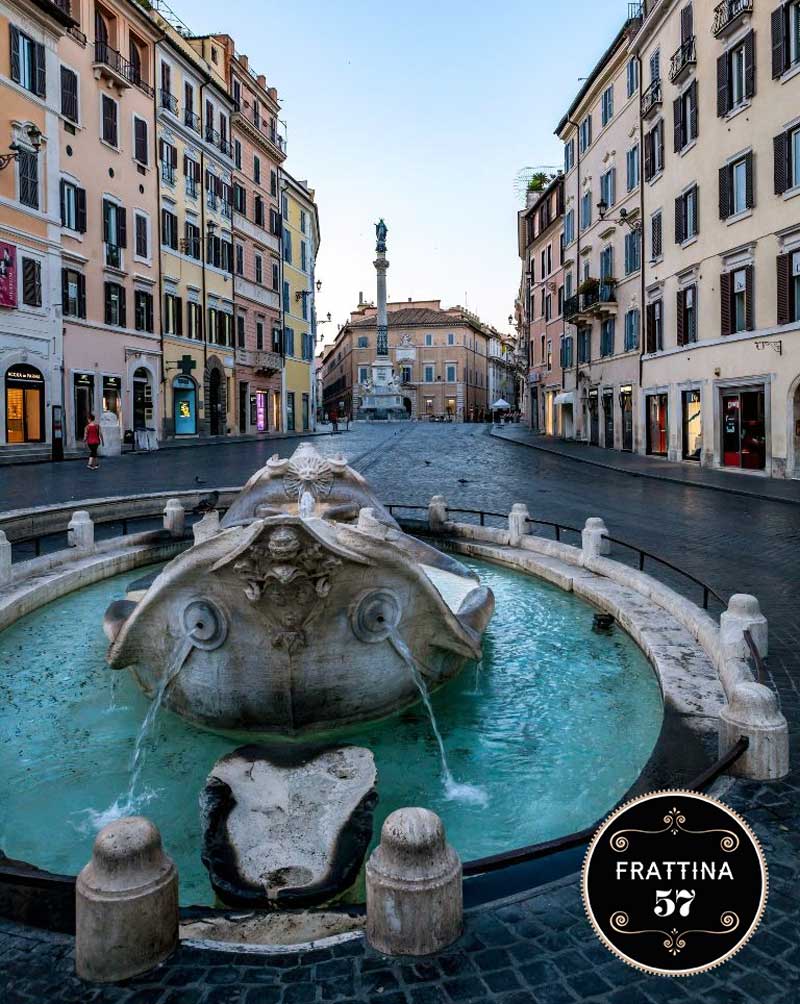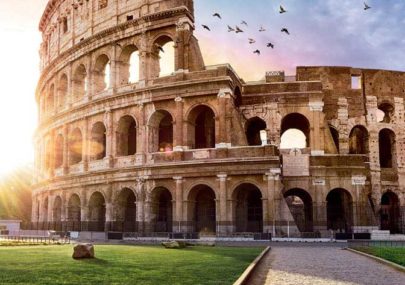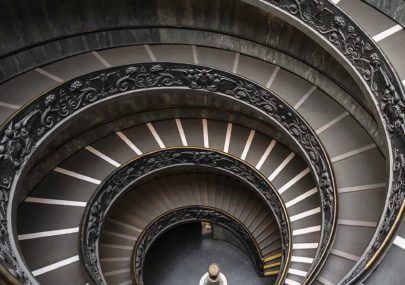
Piazza di Spagna-eng
he exclusive location of the suites of Frattina 57, guarantees access to the unmissable and unique jewels of the Eternal City. During your cultural vacation or romantic stay in the center of Rome, with a very short and pleasant walk along Via Frattina, you can reach the wonderful and fascinating Piazza di Spagna, a representation of the Rome of the 19th century. Already in the 15th century it assumed a very important commercial role due to the presence of many hotels and houses inhabited by foreigners, drawn to this area by the Spanish and French governments.
A vacation in the center of Rome in an elegant and romantic B&B near the Spanish Steps?
In addition to comfort, design and elegance, the suites at Frattina 57 offer you a unique opportunity to experience Rome from a privileged vantage point!
In the foreground, at the center of the immensity of the Spanish Steps, a stone’s throw from Frattina 57, you can admire the world-famous 135-step staircase, commissioned by Pope Innocent XIII. The Spanish Steps (1723-1726) was for centuries an exclusive meeting place for all citizens, between the slopes of the Pincio Hill, dominated by the Church of the Holy Trinity, and the Spanish Steps below.
Even today, the steps are still a meeting and gathering place, so much so that it is called the “drawing room of Rome.


At the top of the steps is the church of Trinità dei Monti, founded in 1495, while in the center of the square is the fountain known as the “Barcaccia” (1626-29) by Pietro Bernini, father of Gian Lorenzo. The fountain is shaped like a boat with identical prow and stern and is immersed in an oval pool. The edges of the sides are very low, giving the impression that the boat is about to sink. On the outside of the are two large coats of arms of Urban VIII with three bees; on the sides of the coats of arms, water comes out of fake gun ports.
The term “barcaccia” refers to the boats used on the Tiber in the nearby port of Ripetta. Other inspirational reasons for the fountain are probably to be found in the report that there was a naumachia – an open-air building where naval games and battles with miniature warships took place in the area – and in the flooding of the Tiber, which dragged boats to the foot of the Trinità de’ Monti.



